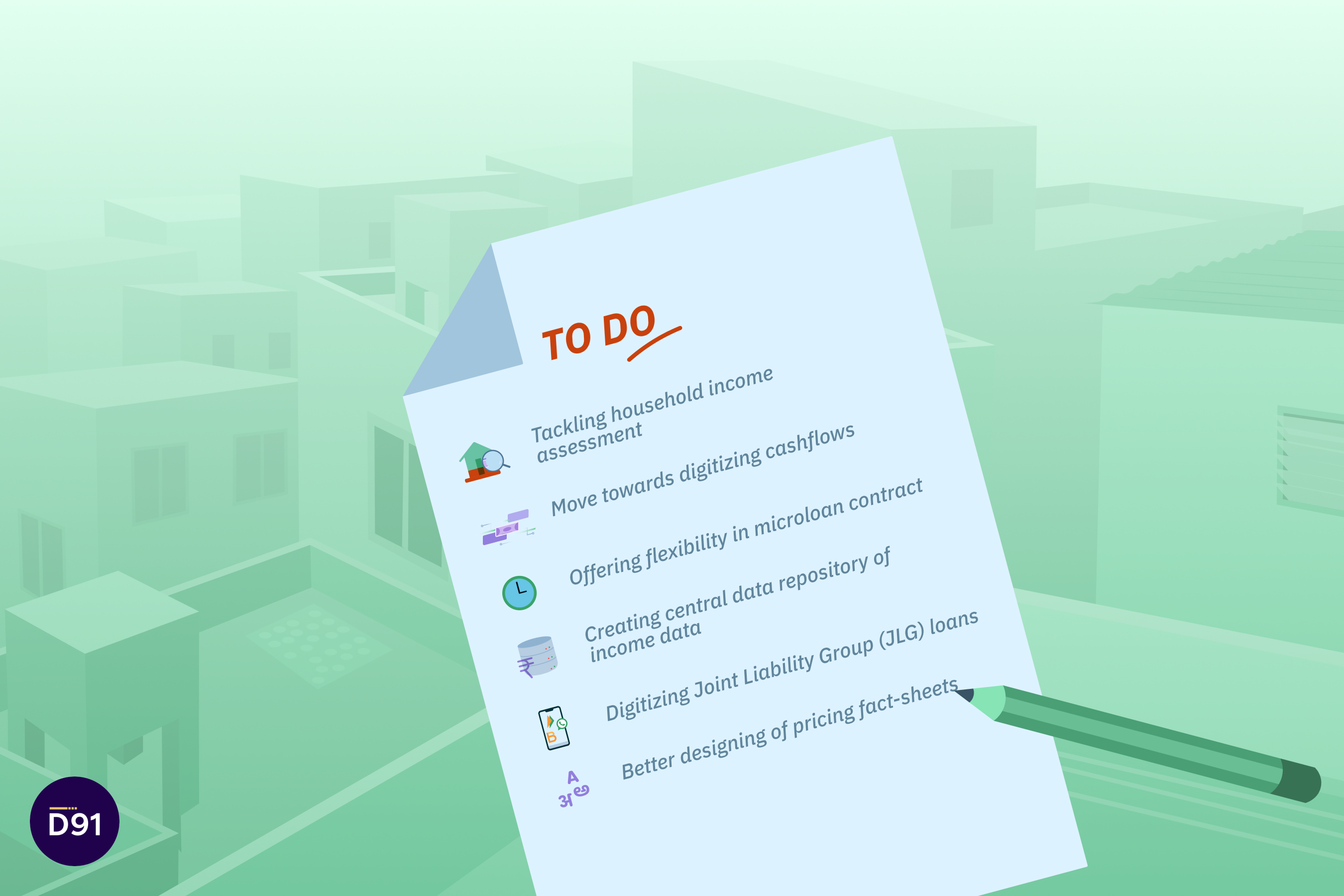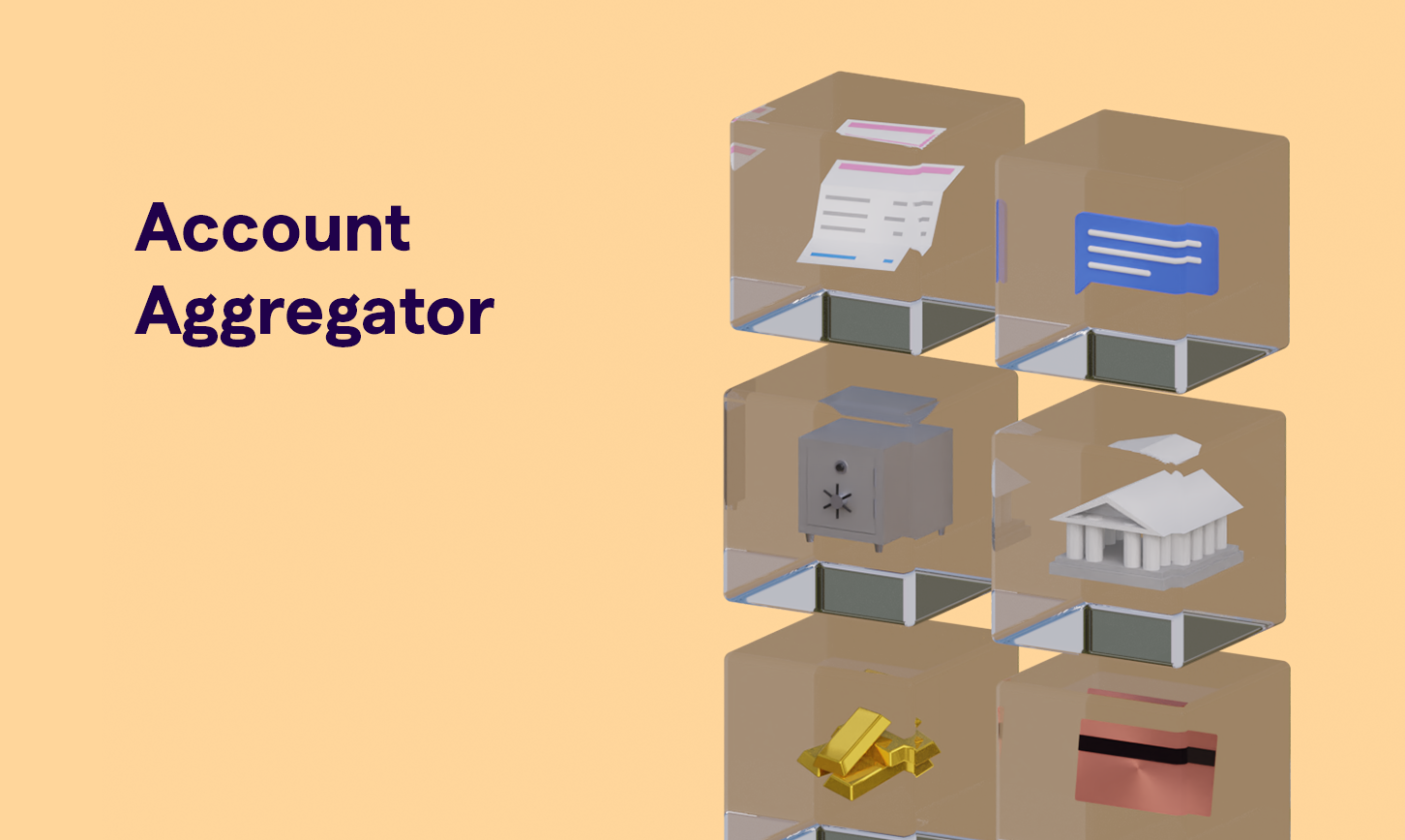What on earth is an Account Aggregator gateway?

As a quick recap, the Account Aggregator ecosystem has grown tremendously over the past two years. There are currently 22 million linked accounts (September 2023) in total. Compared to UPI and BBPS, this may still seem low compared to other DPIs (Digital Public Infrastructures).
While approaching the inflection point of the Account Aggregator, we've noticed some common patterns. We are going to explain some of these patterns in order to prevent you from making similar mistakes.
When discussing sales, I often refer to the payment gateway example.
Let me explain.
Our country's large online businesses use multiple payment gateways. At least ten would be used by a company of Flipkart's size.
The risk of relying on only one payment gateway is extremely high for any online business. Even in the age of fintech advancements, bank downtimes, payment failures, and other scenarios are common. It's not only risky but also stupid to rely only on one payment gateway. It's almost impossible to get back customers who have dropped off after a five-minute downtime. New ones are especially important.
Several payment gateways are used by online businesses to prevent these scenarios. Their users are routed to another PG if there are any stability issues in one. To put it simply, you should not put all your eggs in one basket.
In the same way, companies cannot rely solely on one Account Aggregator. It only takes a small downtime to ruin an experience. If a borrower had trouble retrieving his data at the last step of the digital onboarding process, he would be left stranded. For example, a user may log into his PFM app and realize that the past 24 hours' transactions cannot be retrieved.
To handle traffic, companies should partner with multiple Account Aggregators or work with an Account Aggregator gateway. By the end of this article, I will explain what AA gateways are.
FIP Coverage
Account Aggregators do not all offer FIP coverage. Therefore, not every FIP is available with every Account Aggregator.
The ecosystem currently contains 10 Account Aggregators and 117 FIPs. FIPs must be directly integrated with Account Aggregators. Presently, there are only 31 FIPs with at least 5 AAs. There are only about nine of them that have integrated with 8 or more AAs. As a result, the vast majority of FIPs only require a few AAs to work. Less than four AAs are required for 87 FIPs. Only one AA is used by 56 of them.
A total of 46% of all active FIPs are only active on one AA.
FIP coverage isn't standard across all AAs today. Over the next few years, this will improve. There are also newer AAs coming up, so this will take time to improve.
It becomes crucial to choose the right partner after laying out this groundwork.
It's clear that the AA ecosystem is pretty dynamic and complex. We are onboarding new FIPs, adding new AAs, releasing new API schema versions, and expanding use cases.
This is why partnering with a technical service provider is essential.
TSPs absorb a large chunk of the regulatory and operational complexities involved in using the Account Aggregator infrastructure. As TSPs, we help FIUs understand which FIPs are performing well, and we make UI/UX changes to drive conversions up.
A TSP like (website name) also provides an Account Aggregator gateway and partners with multiple Account Aggregators.
Our back-end orchestration of data fetches involves multiple Account Aggregators and FIPs based on factors such as success rates, coverage, and performance.
Account Aggregators do not have the advantage of TSPs. The business of Account Aggregators consists solely of Account Aggregation. As a result, they cannot add any value-added services to the product. An AA delivers raw data to the FIU from a FIP. That's all.
This restriction does not apply to TSPs, however. As a result of analyzing raw data received from FIPs, they can provide meaningful insights for a variety of use cases. For quick underwriting, a TSP can offer lenders analysed bank statements. Fintech apps can use it to categorize transactions exhaustively.




